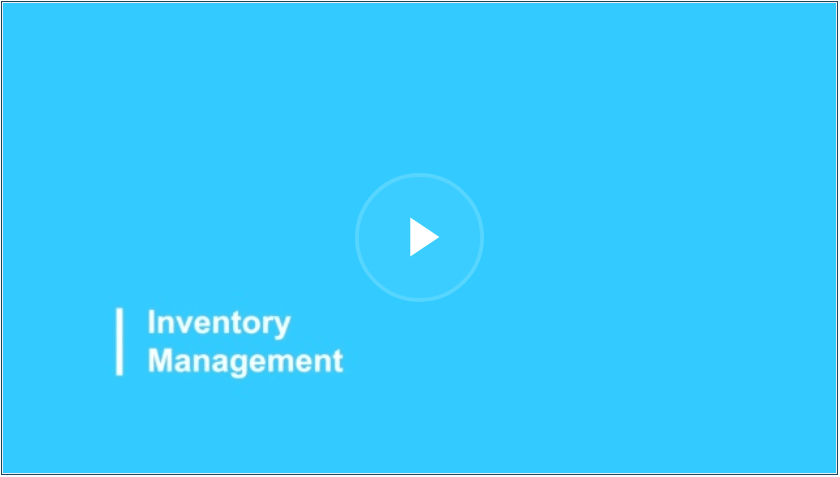Inventory Management
Control inventory across warehouse locations. Use powerful replenishment logic for automated orders.
Simplify item and inventory management with features designed to flex to the way you manage your warehouse and distribution center.
How Inventory Management Software can work for you
Inventory management software can help you control system-wide inventory across geographically-dispersed locations to efficiently manage your distribution process without losing track sight of costs. Receive inventory to a specific location and drill down to change item default lot/serial numbers, valuation methods, accounts, and more. Manage perishable inventory, automate replenishment, and build or disassemble kits.

Key Benefits of Inventory Management Software for Your Company
Optimize inventory
Use replenishment and automation to increase inventory turns. Improve inventory accuracy with barcoding and physical inventory.
Improve customer satisfaction
Honor contracts and fulfill orders as promised with real-time access to inventory levels and customer-specific pricing. Manage inventory effectively to avoid stock-out situations.
Contain costs
Accurately track costs of goods sold and inventory carrying costs. Reduce rush orders, identify low-cost vendors, minimize freight charges, and reduce write-offs for expired or obsolete inventory.
Manage complex items
Leverage matrix items to create product families based on item and attribute variations. Define custom units of measure and conversions. Manage lot and serial tracked items.
Important Features of Inventory Management
Define min and max order quantities, reorder points, seasonality, lead times, safety stock, and forecast models to calculate replenishment.
Setup and manage multiple warehouse locations with stocking locations defined by aisle, row, rack, slot, and bin. Define location defaults for receiving, returns, shipping, and drop-shipment transactions. Prioritize pick locations by item and by the warehouse.
Create and manage matrix items based on size, color, and other attributes and values. Matrix items streamline item management, purchasing, and sales processes. Use matrix views to update price and description for items in the matrix item product family. Setup sub item codes by SKU to differentiate between product variations such as grade, manufacturer, or other variables.
Create movement classes and ABC rank codes to determine physical inventory frequency.
Manage complex pricing and discount policies including volume discounts and multiple discounts per item. Maintain policies for price overrides, customer pricing, and commissions.
Define unlimited vendors by item with a preferred default vendor. Set a minimum frequency for deliveries and minimum or maximum order quantities by item for each vendor. Define cross-references between internal, vendor, and customer items.
Define variable packaging for inventory items with standard and configurable unit of measure conversions for weight and volume.
Manage shipments with small parcel carriers such as FedEx, UPS, Stamps.com for United States Postal Service shipments, and LTL carriers.
Build kits to stock or to order. Disassemble kits into components. Account for component loss as part of the disassembly process.
Value inventory using standard, average, specific (actual), or first-in-first-out (FIFO) costing methods. Manage current and pending standard costs with workflows to update costs and revalue inventory. View historical costs over time.
Create item classes using a tree-like hierarchy with parent-child relationships and define the default class for stock and non-stock items.
Use shelf life and expiration dates to manage perishable inventory with first-expired-first-out (FEFO) picking. Capture and create lot and serial numbers for traceable inventory.
Manage non-stock items for product warranties, services, labor, or other items. Unlike stock items, non-stock item quantities are not tracked in the system.
